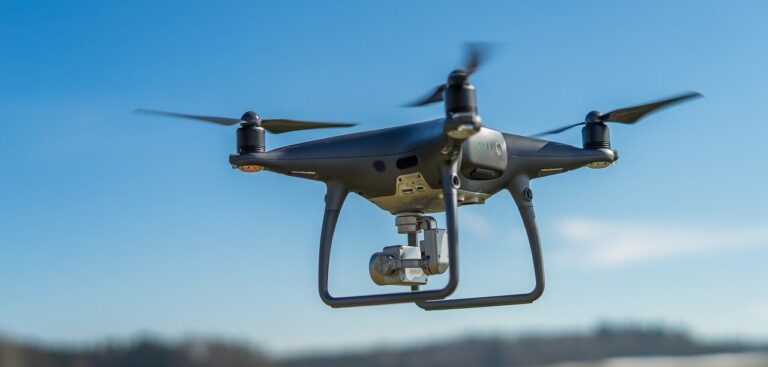A research team from Russ College’s School of Electrical Engineering and Computer Science (EECS) at Ohio University has begun rolling out a network of ground-based sensors to create a low-altitude weather network (LAWN) in support of advanced air mobility (AAM) projects in the region.
Chad Mourning, assistant professor at EECS, and his team completed the installation of the first sensor unit in August, with plans to install a further 25 units at the local airport.
Mourning said, “We have an issue where we go to the Weather Channel and the satellite is telling you about the weather at 10,000ft [3,048m]. There can be a big difference in the weather as we experience it on the ground and the weather at 10,000ft.”
To alleviate this problem and improve accuracy in weather forecasting, Mourning’s team, in collaboration with researchers at Ohio State University and FlightProfiler, looked to create a network of ground-based sensors to gather visibility data around Ohio’s Springfield-Beckley Airport. This network will then be used to support drones and other AAM technologies.
Using techniques in machine learning, the team plans to develop a low-cost distributed automated weather observing system (AWOS). Although this project was initiated by the State of Ohio, any advances in developing a cost-efficient AWOS would assist public- and private-sector partners in improving weather measurement strategies.
“The goal is to get 25 of these units deployed at the Springfield-Beckley Airport. After launching the first unit, we still need to improve the machine learning model, so we can tag real data with our expected value to train our model,” Mourning said.
“These sensors will work autonomously since they are off grid and solar powered. If one goes down, it’s okay because they are independent,” added Mourning.
“Once we complete this project, our hope is to pitch its utility to the Federal Aviation Administration, the National Oceanic and Atmospheric Administration and the State of Ohio,” he said.



